Factors Affecting Photosynthesis
Process of Photosynthesis - Photosynthesis is the only process by which energy from the sun called solar energy is trapped inside the body of living beings specifically green plants. It contains chlorophyll which is the green pigment and is able to trap sunlight inside the thylakoid, within quanta some particles. Actually the energy from the sun is trapped inside the chloroplasts as photon particles which is seemed to be the packets of energy. This process is an anabolism process where carbon dioxide, water are combined to form glucose and oxygen is released. As a result dry weight is increased. Here water is hydrolysed in presence of sunlight which produces oxygen due to oxidation of water. On the other hand carbon dioxide is reduced to form glucose. Photosynthesis is the only process where oxygen is produced and carbon dioxide is uptaken.
Limiting Factors - A limiting factor is that type of factor in which the factor is deficient to such an extent that increase it’s value directly with the increase of he rate of the process. Means when a process is conditioned to its rapidity by the number of separate factors, which limit the pace of the slowest factor. In short at one time one factor limits the process.
Hydrolysis of Water Takes Place.
Factors Affecting Photosynthesis - Factors means the outer most influences that affect the photosynthesis means increases or decreases the rate of photosynthesis. Some factors that influences the rate of photosynthesis are –
Temperature - Temperature is also influences photosynthesis. There are optimum temperature for photosynthesis which increases the rate of photosynthesis.
Carbon dioxide - In 1873 Godlewski defined that atmospheric carbon dioxide level is suboptimal 0.03% for C3 plants and nearly optimum for C4 plants. Compensation point for carbon dioxide is reached at 50 to 100 ppm in C3 plants and 0 to 10 ppm in C4 plants. At optimum level of carbon dioxide photosynthesis is maximum which has been tested by an experiment.
Water - Water is one of the essential factors of photosynthesis. Water is hydrolysed to release oxygen as product of the process called photosynthesis. Water is hydrolysed in presence of sunlight to give hydrogen ion and hydroxyl ion.
Sunlight - Sunlight is one of the essential elements of photosynthesis where it is absorbed as the photon particles by the chlorophyll molecules. Sun is the only source of energy for the living beings. As other plants and animals cannot trap sunlight except green plants, thus they are dependent upon the green plants for their energy. The entire sunlight that falls n the leaf are not absorbed by the chlorophyll of leaves. Some part of the sunlight reflects back to the environment. Again the entire sunlight that absorbed by the green plants are not transferred to the primary consumer ,only some percentage of the sunlight is transfer to the consumer and the quantity of the energy is decreases according to level of the consumer. The sunlight is trapped in the porphyrin ring of the chlorophyll molecules. Then this energy is used by the plants for their different chemical reaction. This energy from sunlight causes hydrolysis of water. It splits the water into hydrogen ion (H+) and hydroxyl ion (OH-). As the light dependent reaction of photosynthesis is dependent on the light, more the intensity of light, more the number of photon particles generated and it gives rise to the ATP molecules and NADP molecules.
Light quality- Red light influences carbohydrate synthesis whereas blue light enhances synthesis of proteins. However red light is more efficient than blue light for photosynthesis.
Sources of the Factors - As sunlight is directly received by the terrestrial plants, on the other hand aquatic plants receive sunlight that falls on the water and enhance photosynthesis.
Sources of Water - In terrestrial plants, they collect water from the soil by roots. There is a layer of underground water. Roots collect water from the underground layer of the soil. This is then carried by the xylem tissue of the plants and is transport by active or passive transport. But in case of aquatic plants, there is supply of sufficient water which is absorbed by their body parts which are remain in contact of water. Different aerial plants those are parasitic in nature they can collect water from the air as water vapour.
Some other Important Factors of Photosynthesis are –
Chlorophyll - Chlorophyll molecules are the must factors for photosynthesis. Without chlorophyll plants cannot make photosynthesis. Number of chlorophyll in leaves also matter fr photosynthesis.
Stomata - Number of stomata also influences the rate of photosynthesis. As opening and closing of stomata is controlled by guard cell that present in the stomata. Stomata remains open for receiving the carbon dioxide which is required for the preparation of glucose (carbohydrate), food for plants. This glucose is then transported by the phloem tissue of plants in different parts of the plants in different directions. If the number of stomata is less then that may reduce the rate of photosynthesis. Sometimes old leaves or diseased leaves contain poor stomata which affect photosynthesis of the plants.
Effect of Temperature on the Light and Dark Reaction of Photosynthesis - This is a factor which do not directly influences the light dependent reaction but as there are some enzymes required for light independent reaction, thus their optimum activity changes with the optimum temperature. It has been observed that due to increases of 10℃ activity of the enzyme becomes double.
Area of the Leaves - If the area of the leaf is more than it allows more sunlight, carbon dioxide to enter and the amount of photosynthesis is increased. Leaves those spaces are less, in some cases converted into thorn are able to make less photosynthesis. Sometimes in some plants leaves are modified to form different structures which decreases amount of photosynthesis.
Number of Leaves - Plants those contain more leaves are tends to have more photosynthesis than the plants that having less number of leaves.
Accumulation of end Products - Accumulation of food in the chloroplasts of green plants reduces photosynthesis in some cases.
From Factors Affecting Photosynthesis to HOME PAGE
Recent Articles
-
What Is Plasma? | Blood Plasma | Proteins | Nutrients | Cholesterol
Nov 07, 25 10:29 AM
Blood is a mobile fluid which is a connective tissue and is derived from the mesoderm like cell any other connective tissue. Colour of blood is reddish and that flows inside the blood vessels by means… -
Disorders of Respiratory System | Tuberculosis | Pleurisy | Emphysema
Oct 28, 25 11:39 PM
Tuberculosis is very common disease and is caused by a type of bacteria called Mycobacterium tuberculosis. This disease causes different trouble in the respiration and infection of several parts of th… -
Regulation of Respiration | Respiratory Centres | Inspiratory Area |
Oct 14, 25 12:13 AM
Respiratory Centre is the area that controls the rate of respiration and it is observed to be located in medulla oblongata and pons. Respiratory Centre has the following will dispersed components like… -
Explain Transport of Gases | External Respiration | Tissue Respiration
Oct 09, 25 11:35 PM
In humans gaseous exchange is completed in the following ways the steps are - External Respiration or Breathing - Breathing in false taking in of Oxygen and giving out of carbon dioxide in the body. M… -
Kind and Number of Teeth | Location of Teeth in Mouth | Care of Teeth
Sep 11, 25 12:52 AM
Kind and Number of Teeth
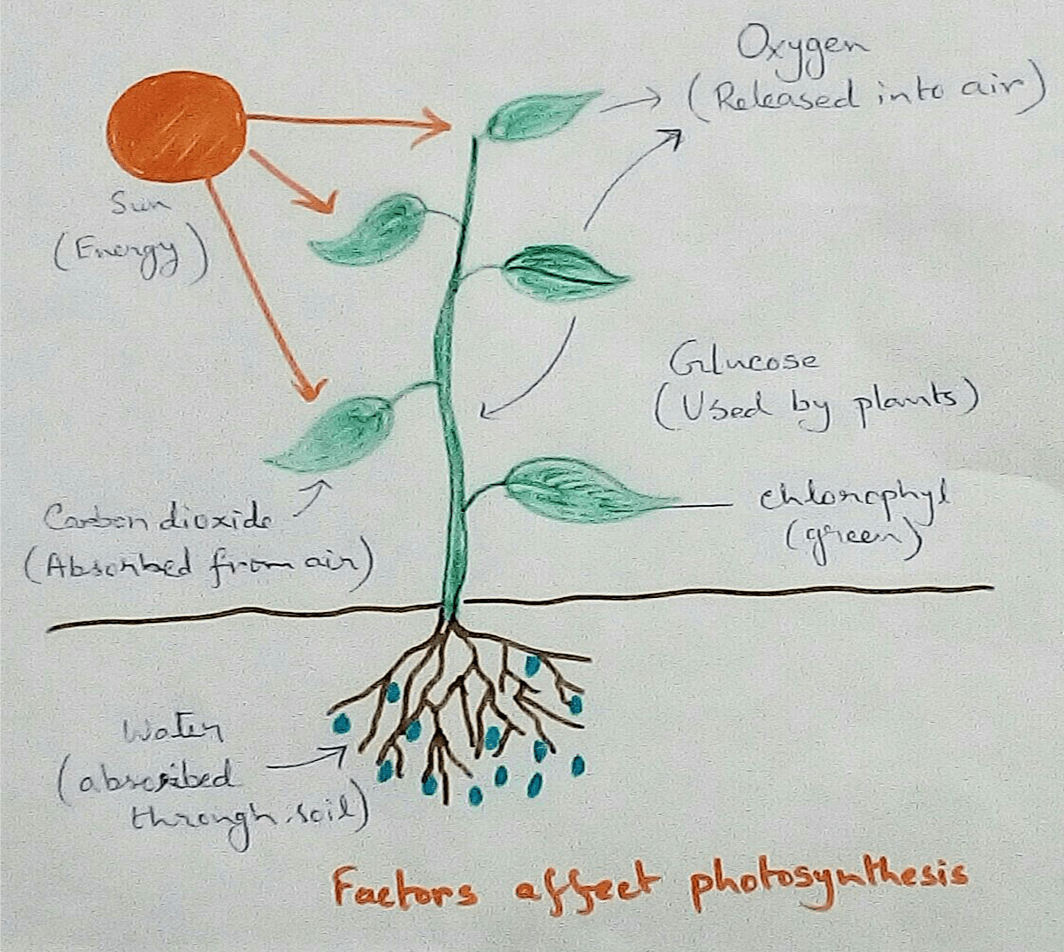
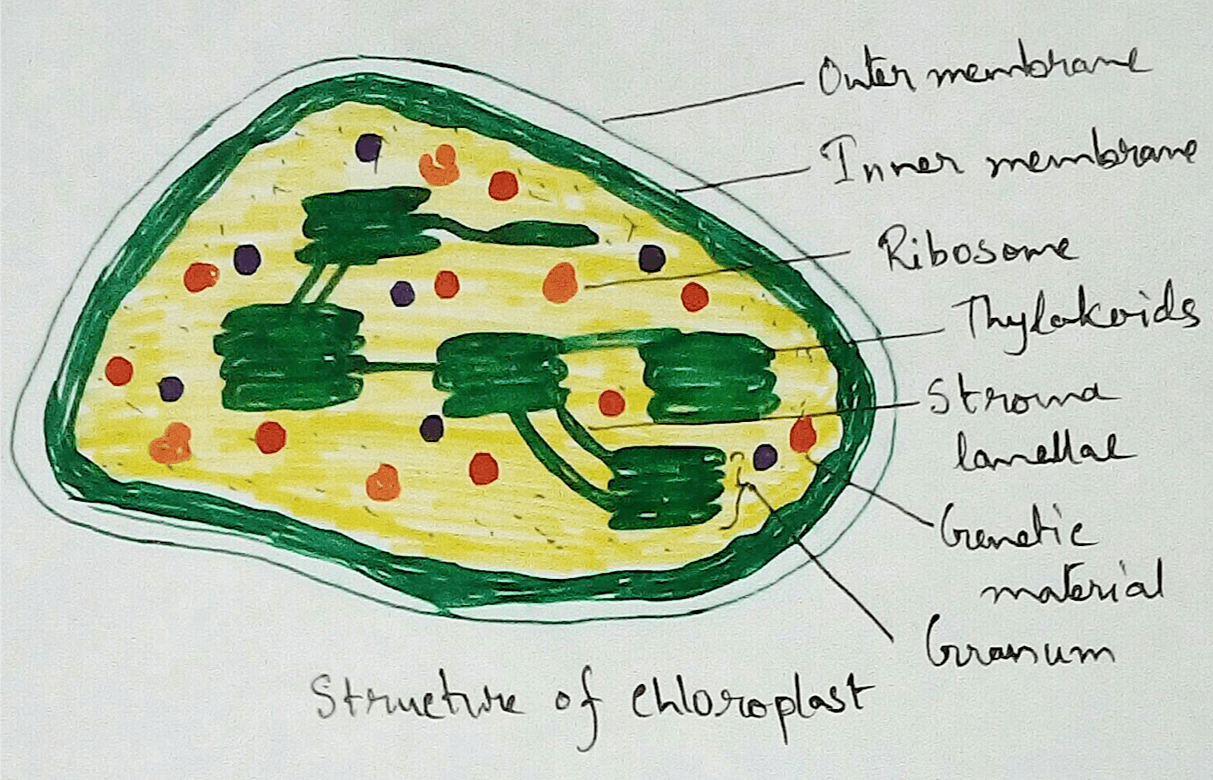
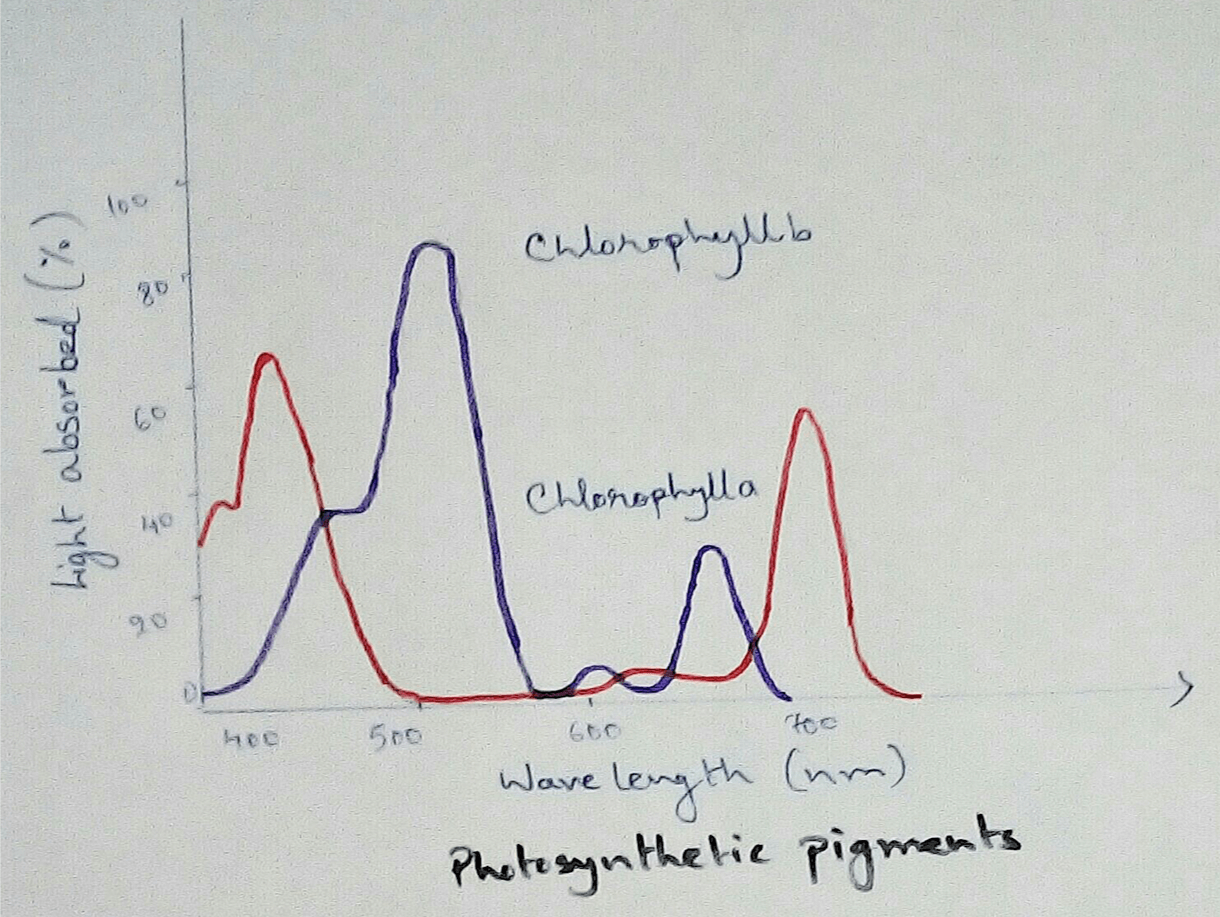
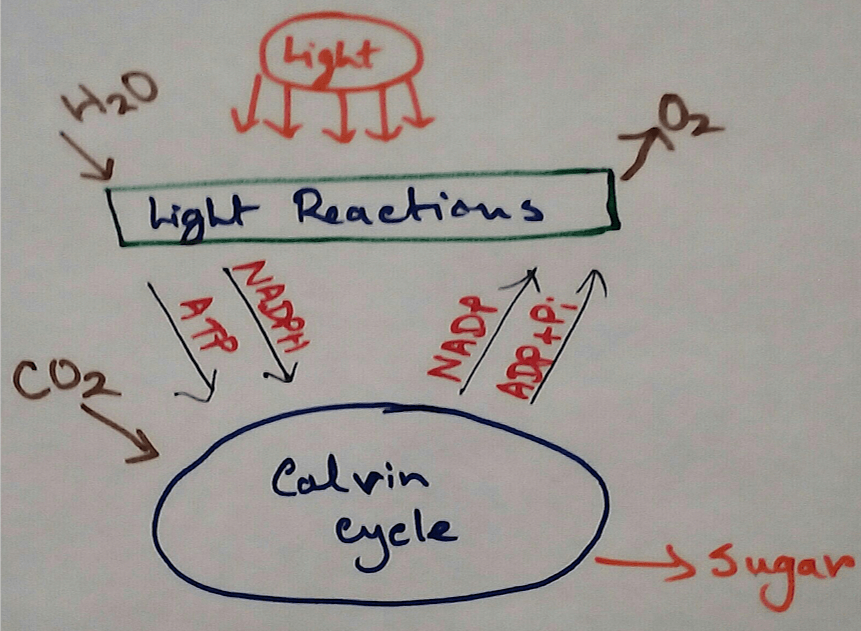
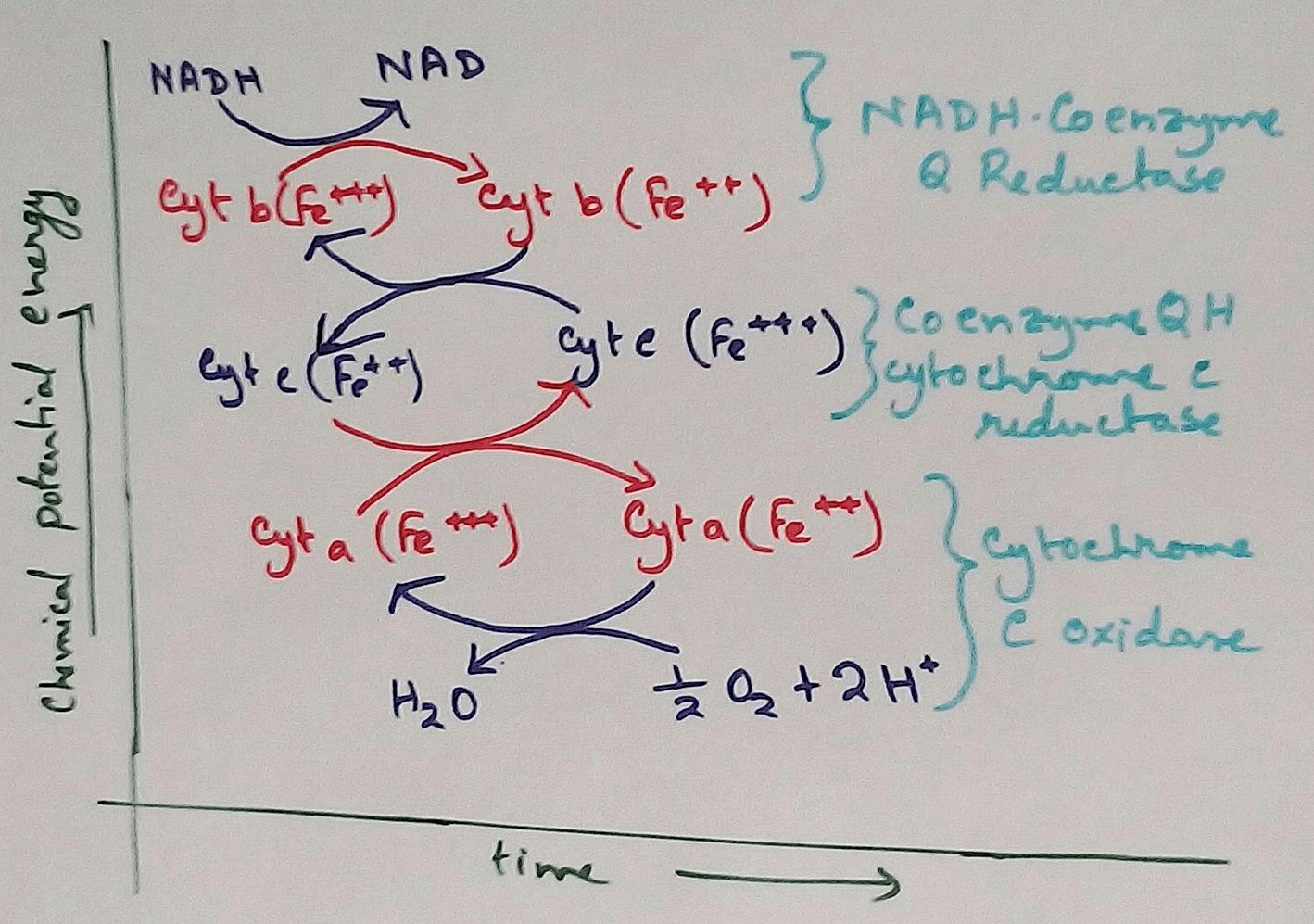
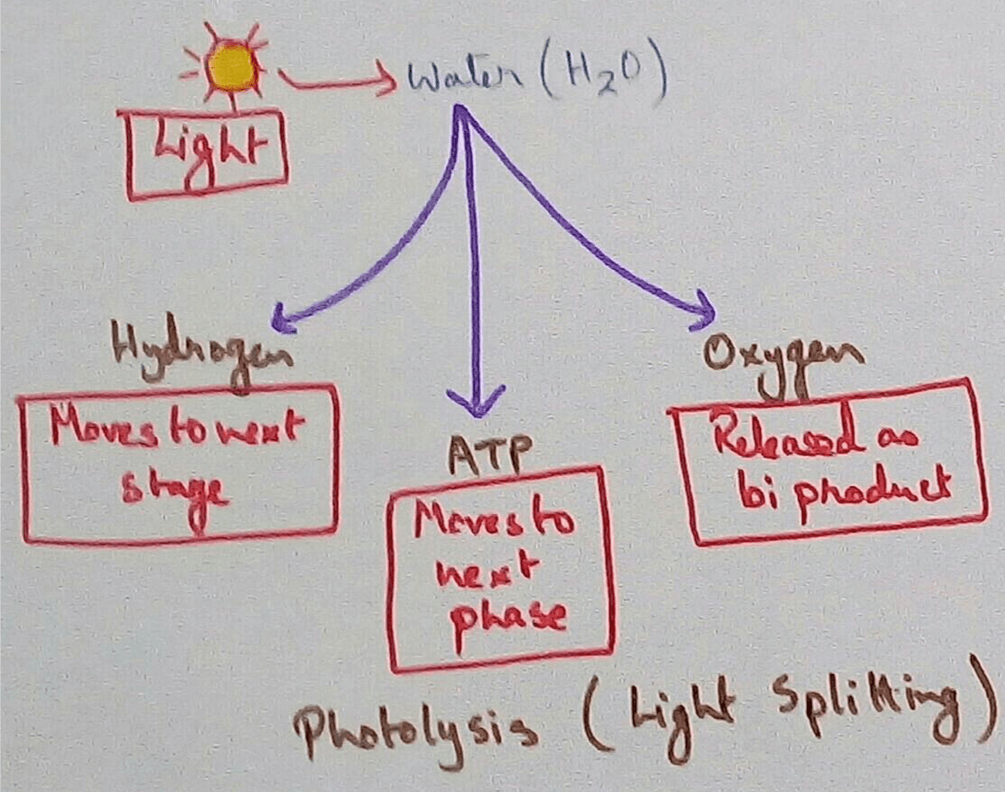
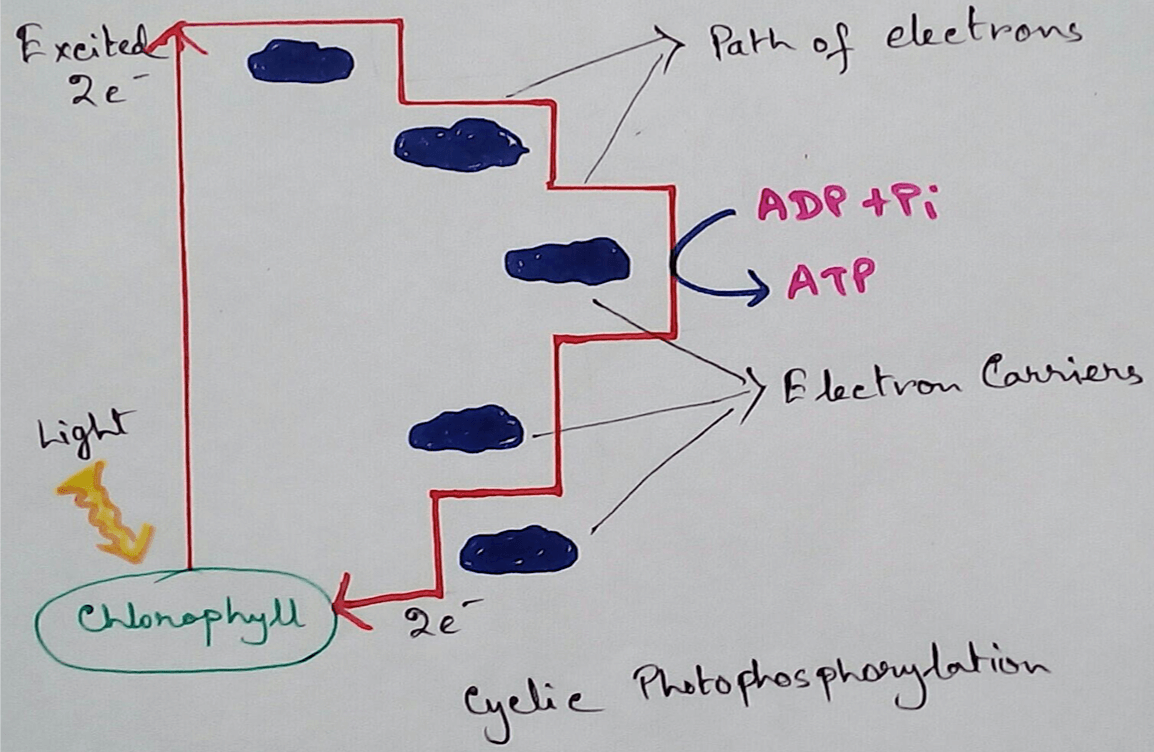
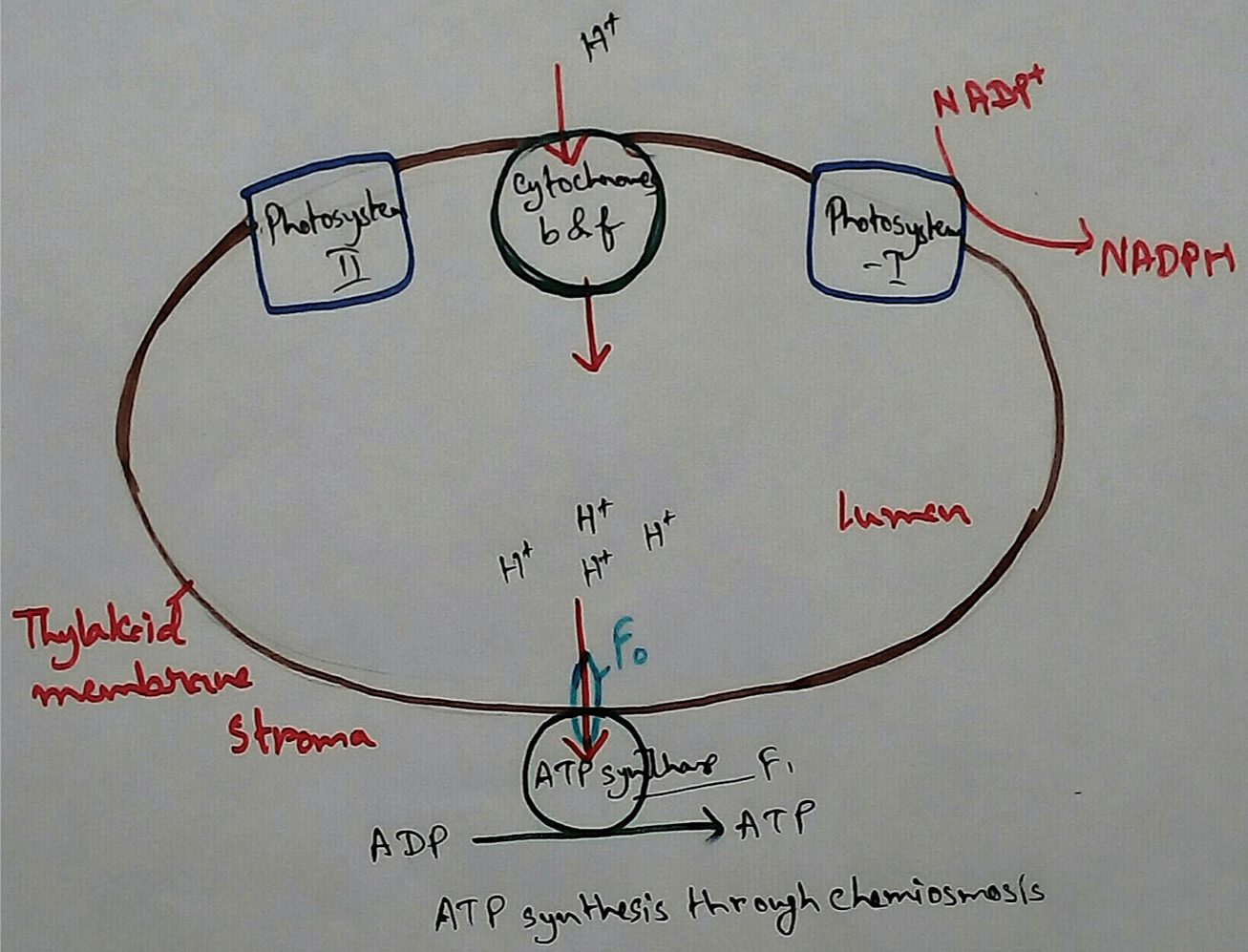
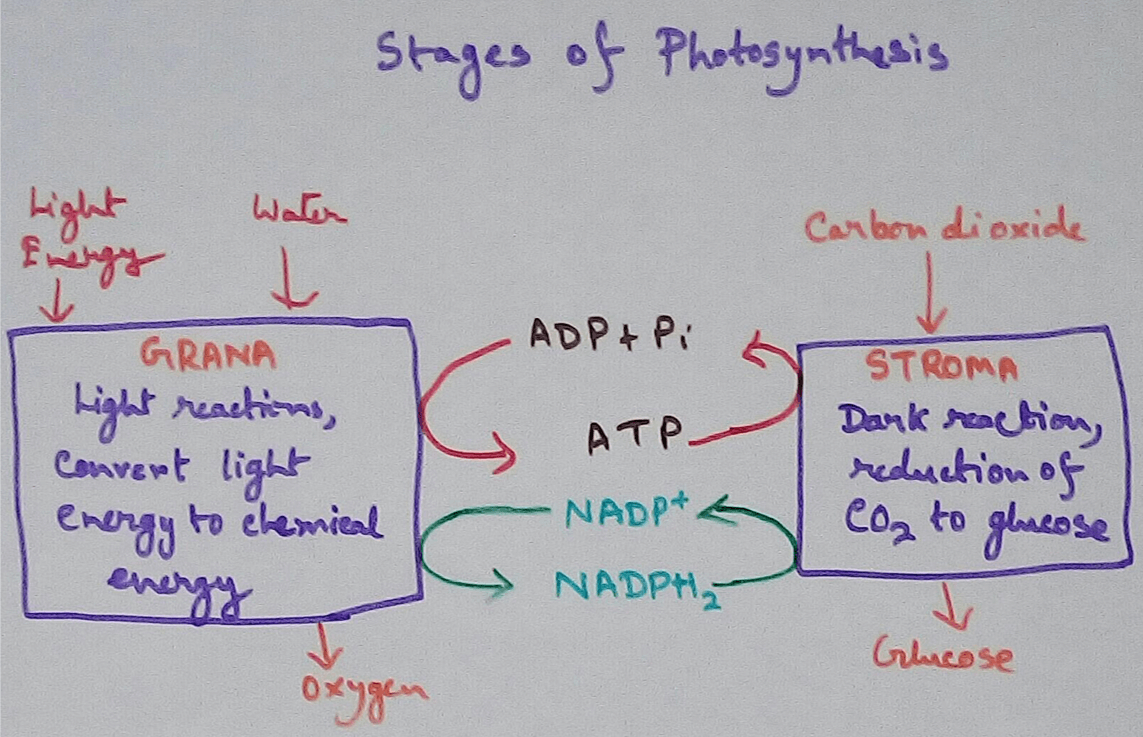
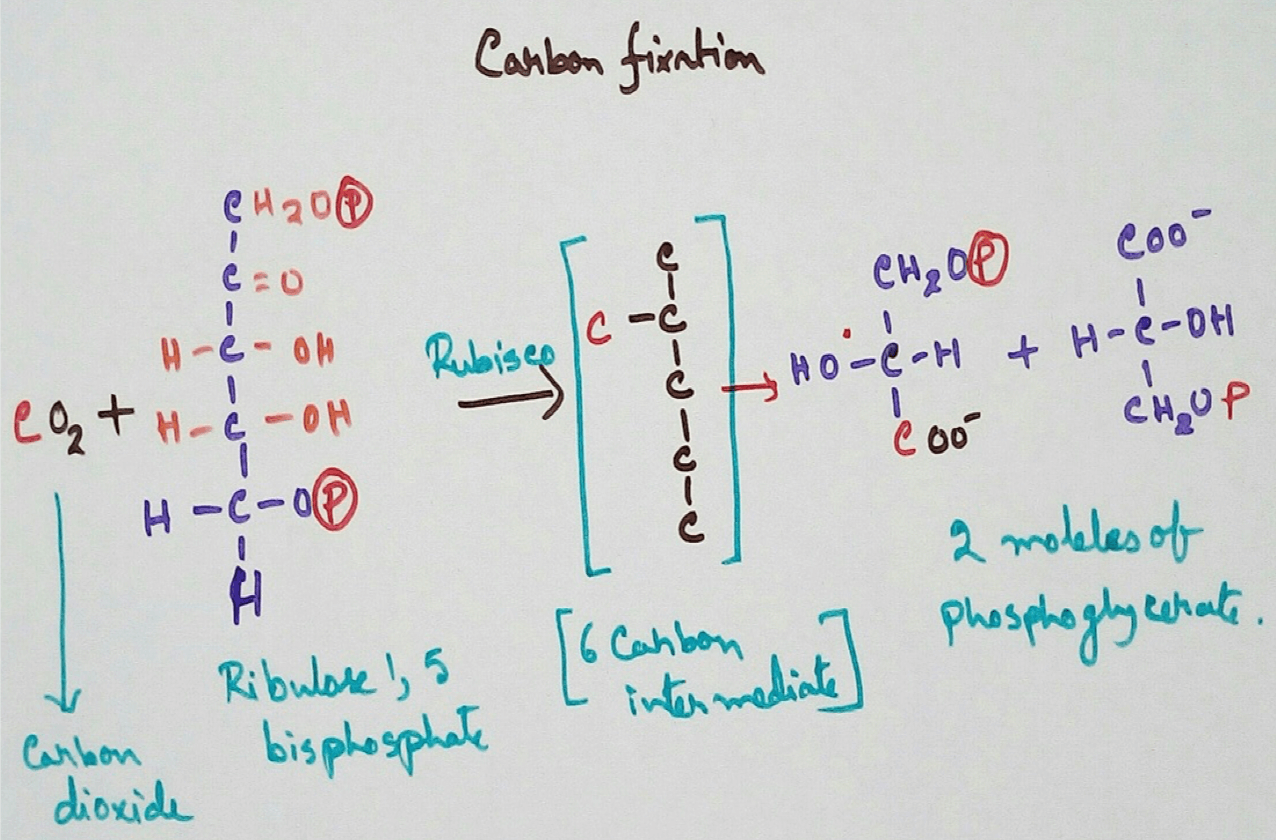
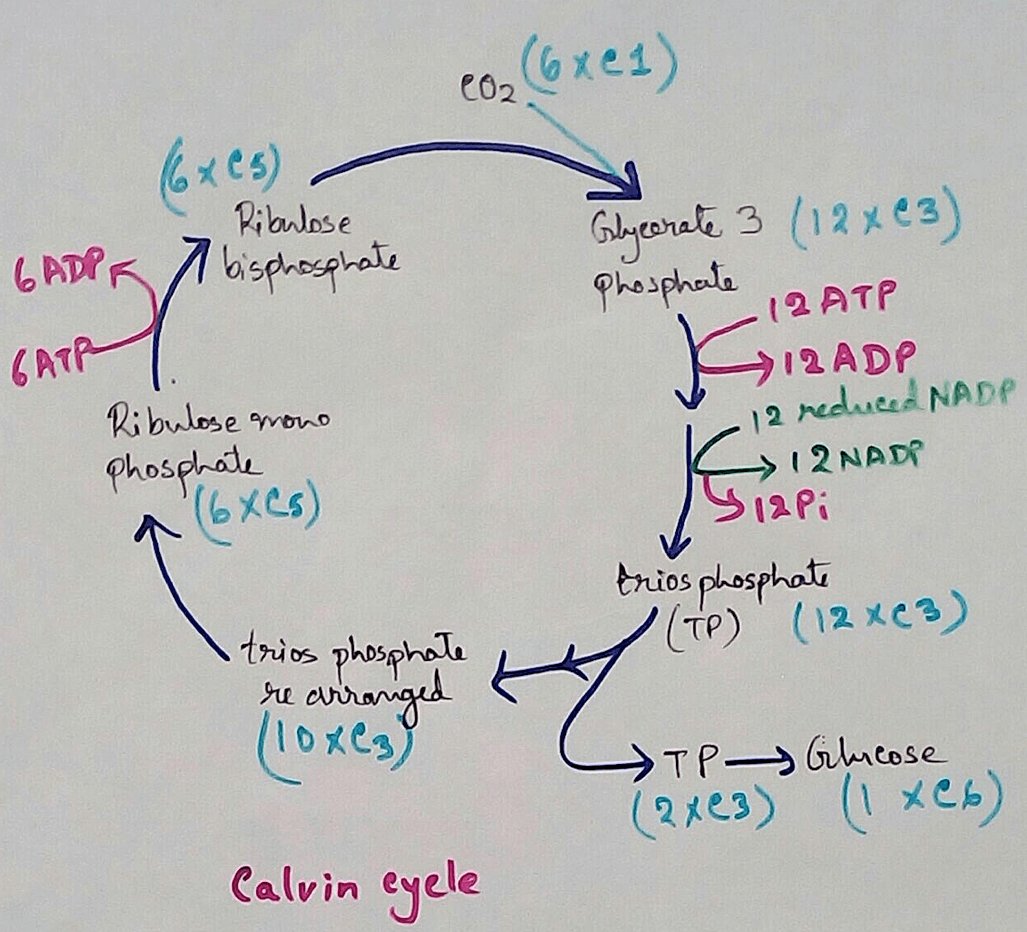





New! Comments
Have your say about what you just read! Leave me a comment in the box below.